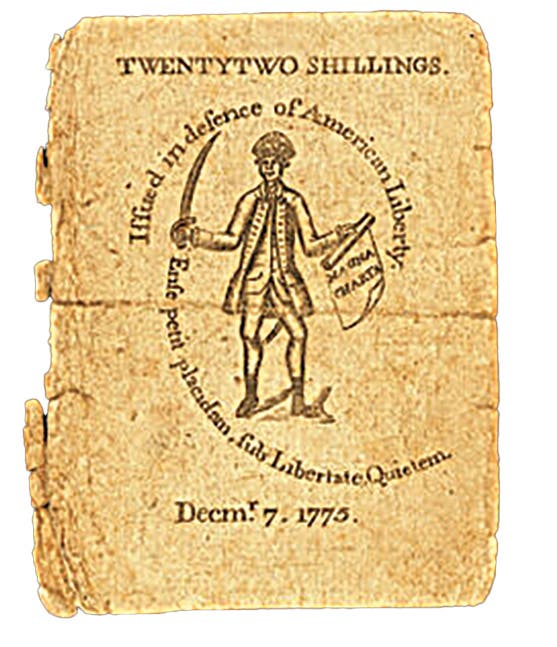Turner to appear on new £20 note
By Kerry Rodgers In late April, Mark Carney, governor of the Bank of England, announced that renowned British artist Joseph Mallord William Turner will feature on the next £20 note….
By Kerry Rodgers
In late April, Mark Carney, governor of the Bank of England, announced that renowned British artist Joseph Mallord William Turner will feature on the next £20 note.
In selecting Turner the BoE followed the transparent selection process announced in December 2013. This was the first for the bank.
Following a decision to have a significant figure from the visual arts on the note, the bank received 29,701 nominations covering 590 eligible persons. A shortlist was produced and discussed in detail with the governor who made the final selection.
In announcing his choice Carney commented, “I am delighted…J.M.W. Turner has been chosen to appear on the next £20 note. Turner is perhaps the single most influential British artist of all time. His work was trans formative, bridging the classical and modern worlds. His influence spanned his lifetime and is still apparent today. Turner bequeathed this painting to the nation, an example of his important contribution to British society.”
The proposed design will feature a self portrait of Turner painted c. 1799 along with his best known quote, “Light is therefore color.” Below is his signature from his will in which he bequeathed many of his works to the nation. In the background is his “Fighting Temeraire” voted Britain’s greatest painting in a 2015 BBC poll.
Turner was a Londoner, born in 1775. All he ever wanted to do was paint. As a child he showed enormous talent. When he was 15 he exhibited at the Royal Academy. By the age of 27 he had become a full Royal Academician. In his life he would produce more than 550 oil paintings, 2,000 watercolors, and 30,000 sketches and drawings.
He had a remarkable gift for conveying the subtlest shifts in color and atmosphere. He delighted in depicting nature—natural catastrophes, extreme weather, and the violent power of the sea. His paintings of landscapes and seascape have few equals.
He became known as “the painter of light” and would heavily influence the French Impressionists. Monet, Degas, and Renoir all acknowledged their debt to him.
His painting of the “Fighting Temeraire” being towed by steam tug to the breaker’s yard is one of his key works. Incidentally, the painting contains at least four major historical inaccuracies. It will be interesting to see if any appear on the new note.
The 98-gun ship is famous in its own right. It took part in the Battle of Trafalgar in 1805. Despite being a second-rate ship-of-the-line it played a significant role in the battle. It came to the rescue of Nelson’s beleaguered Victory at a critical moment and then fought two French ships to a standstill before capturing them. When the news reached England Temeraire and her crew became the darlings of the British public.
Subsequently the House of Commons passed a vote of thanks to the men who had fought at Trafalgar. Only three were specifically named: Adms. Nelson and Collingwood and, remarkably, Capt. Eliab Harvey, commander of the Temeraire.
As with the soon-to-be-released new £5 and £10 notes, Turner’s £20 will be printed on polymer. It is due to be issued sometime before 2020.
This article was originally printed in Bank Note Reporter.
>> Subscribe today or get your >> Digital Subscription
More Collecting Resources
• The Standard Catalog of United States Paper Money is the only annual guide that provides complete coverage of U.S. currency with today’s market prices.
• Subscribe to our monthly Coins magazine - a great resource for any collector!








